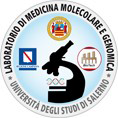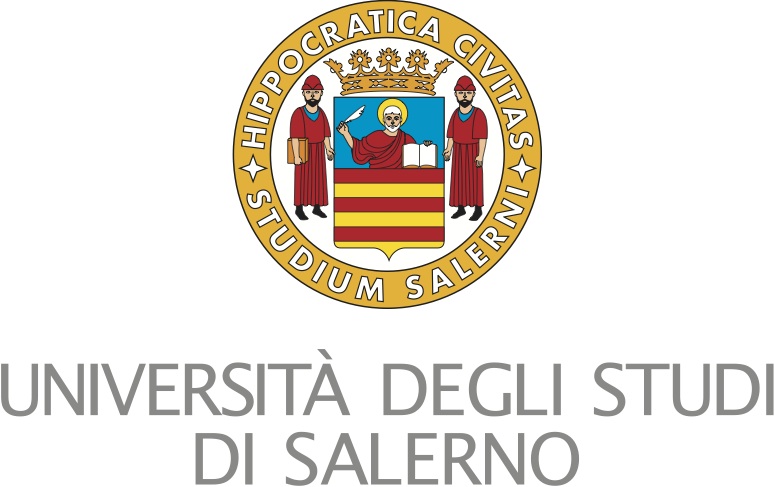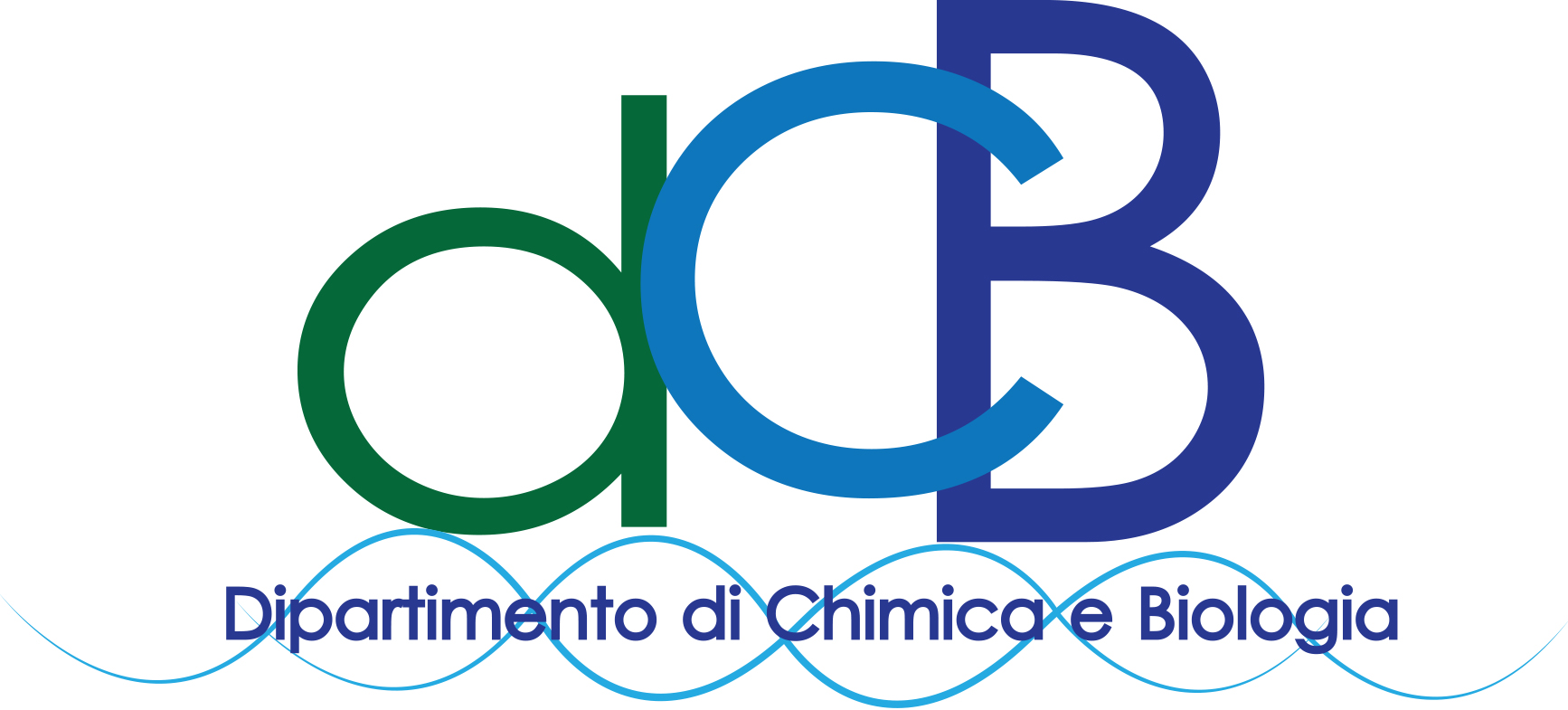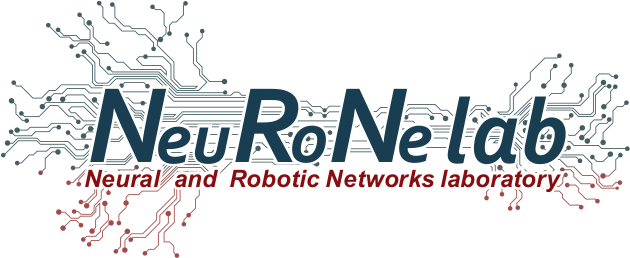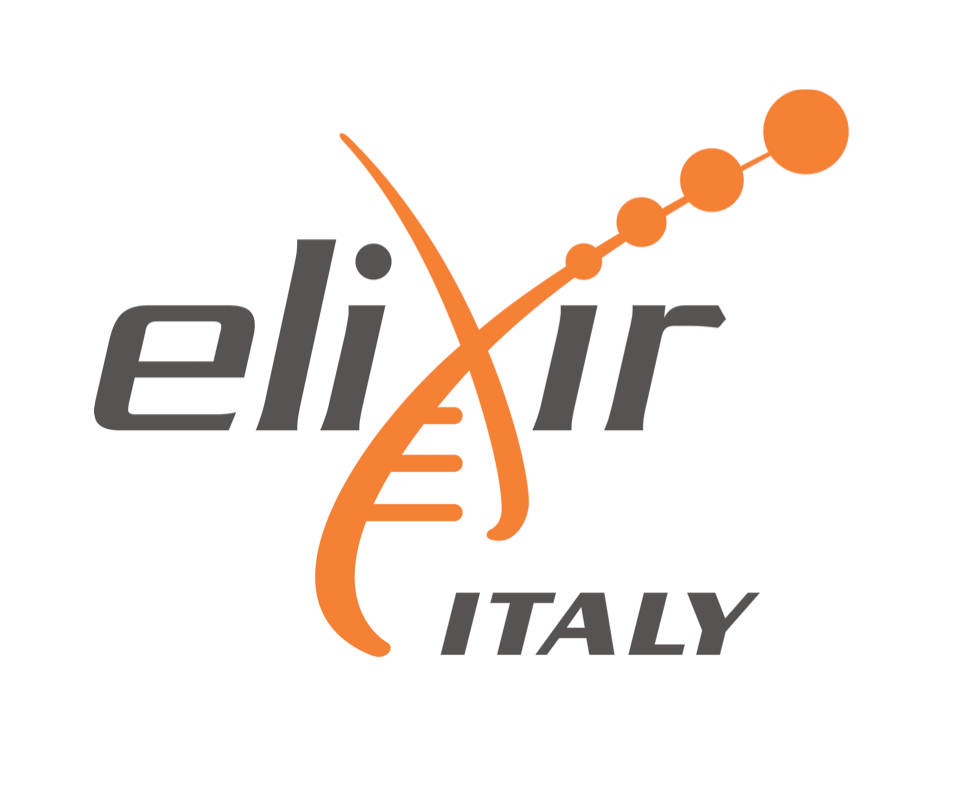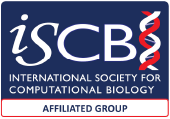Tutorials
13th Annual Meeting of the Bioinformatics Italian Society
June 15-17, 2016, University of Salerno, Italy
HADDOCK tutorial on Information-driven modelling of biomolecular complexes (June 15th)
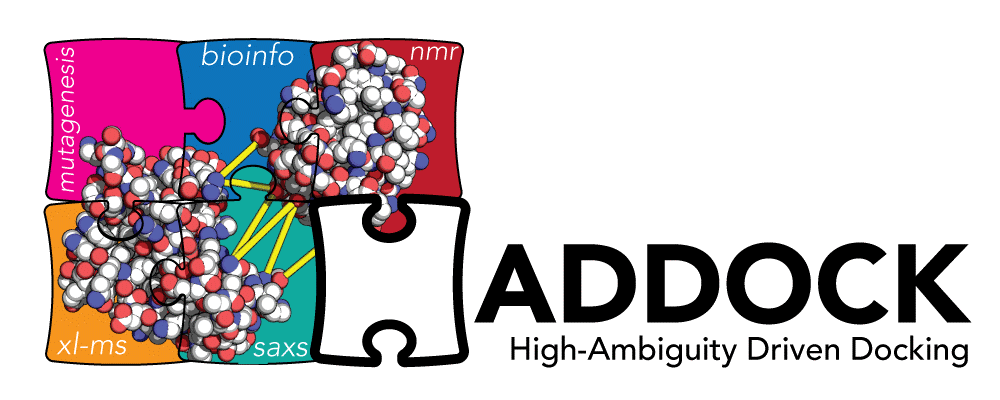 HADDOCK is an integrative, information-driven docking program developed at Utrecht University, which is widely used in the structural biology community and has demonstrated a strong performance in the blind docking competition CAPRI. HADDOCK has been applied to model a variety of systems, including protein-protein, protein-DNA, protein-RNA and protein-small molecules complexes and intricate molecular machines such as the nucleosome. It supports the inclusion of a large variety of experimental and bioinformatics data.
HADDOCK is an integrative, information-driven docking program developed at Utrecht University, which is widely used in the structural biology community and has demonstrated a strong performance in the blind docking competition CAPRI. HADDOCK has been applied to model a variety of systems, including protein-protein, protein-DNA, protein-RNA and protein-small molecules complexes and intricate molecular machines such as the nucleosome. It supports the inclusion of a large variety of experimental and bioinformatics data.
For more information see:
- http://www.bonvinlab.org/software/haddock2.2/
- G.C.P van Zundert et al. The HADDOCK2.2 Web Server: User-Friendly Integrative Modeling of Biomolecular Complexes. J Mol Biol (2016), 428: 720-5. doi: 10.1016/j.jmb.2015.09.014
Download here and print the manual of the tutorial.
Download here the slides of the tutorial presented by prof. Alexandre Bonvin.
Tutorial on small RNA-Seq data analysis (June 15th)
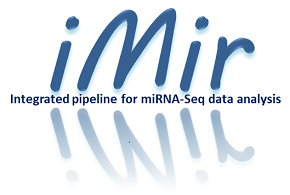 Small RNA deep sequencing is widely used to characterize non-coding RNAs. A comprehensive data analysis requires integration of several statistical and bioinformatics tools to gather biologically relevant information.
The workshop will consist of an introduction lecture and hands-on session on computer in which participants will learn to analyze small RNA-Seq data through the several processing steps required, such as adapter trimming, sequence alignment, normalization of expression level, differential expression analysis and mRNA targets prediction.
Small RNA deep sequencing is widely used to characterize non-coding RNAs. A comprehensive data analysis requires integration of several statistical and bioinformatics tools to gather biologically relevant information.
The workshop will consist of an introduction lecture and hands-on session on computer in which participants will learn to analyze small RNA-Seq data through the several processing steps required, such as adapter trimming, sequence alignment, normalization of expression level, differential expression analysis and mRNA targets prediction.
Aim and Objectives
At the end of the tutorial the partecipants will be able to understand:- The importance of experimental design, in order to ask biological questions.
- The effect of library preparation on smallRNA-Seq data generation.
- The critical issues that might effect results in a smallRNA-Seq experiment.
Audience
This tutorial is suitable for biologists and bioinformaticians that are new to Next Generation Sequencing technology.Tutorial Description
- Experimental design This section of the tutorial will be about the several criteria and principles of experiment design. Several topics about the number of replicates are needed to detect differential smallRNAs expression.
- Library prep This section will focus on criticalities related to sample preparation.
- Data analysis This section of the tutorial will focus on the several analytical steps performed on sequencing data (Quality control, adapter trimming, identification of the several classes of smallRNAs, differential expression, target identification). It will also address points affecting smallRNA experiments, e.g. non-canonical specific smallRNA-Seq issues, sample replicate and pooling decision, etc.
For more information see:
- Giurato et al. iMir: an integrated pipeline for high-throughput analysis of small non-coding RNA data obtained by smallRNA-Seq. BMC Bioinformatics (2013), 14: 362. doi: 10.1016/j.jmb.2015.09.014
The tutorial will be held by Dr. Giorgio Giurato, Laboratory of Molecular Medicine and Genomics, Dept. of Medicine, Surgery and Dentistry "Scuola Medica Salernitana", University of Salerno and Genomix4Life S.r.L.
Download here and print the manual of the tutorial.